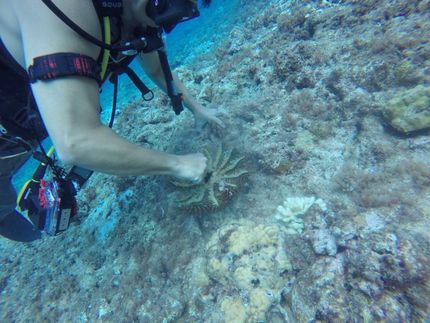Mosquito genes linked to insecticide resistance may be new target in fight against malaria
Advertisement
malaria remains one of the most serious diseases worldwide, claiming the lives of more than one million people per year in tropical and sub-tropical regions, the majority of whom are children under five years of age. Efforts to eliminate this mosquito-borne illness rely heavily on prevention measures, but there are growing concerns about resistance to insecticides. In a study published in Genome Research, researchers have identified specific mosquito genes associated with resistance to a common class of insecticide, a significant step toward the execution of more effective malaria control strategies.
Eradication of mosquitoes that carry the malarial parasite has relied heavily on the use of insecticides for spraying inside of homes and treatment of mosquito netting. There are very few insecticides that are both effective and low-cost, while at the same time safe for humans. Developing new insecticides will be time consuming and expensive, therefore understanding the genetic and biological basis of resistance to insecticides currently in use will be critical for more effective prevention measures in the field.
In this study, an international team of scientists led by Dr. Charles Wondji of the Liverpool School of Tropical Medical has identified the genetic basis of resistance to common pyrethroid insecticides in the mosquito Anopheles funestus, one of the major malarial vectors in Africa. The group studied strains of An. funestus that are both susceptible and resistant to pyrethroids, and narrowed down the potential genetic culprits to members of a family of genes coding for enzymes known as cytochrome P450s. The P450s are common to all classes of organisms, and are considered a first line of defense against toxins.
The researchers found two cytochrome P450 genes in An. funestus that are associated with pyrethroid resistance. Dr. Hilary Ranson of the Liverpool School of Tropical Medicine, a co-author of the study, explained that what makes this finding remarkable is that this particular type of cytochrome P450s were also recently implicated in pyrethroid resistance in Anopheles gambiae, the other major malaria-carrying mosquito in Africa. “If the enzymes responsible for resistance are very similar in both species, there is a much greater incentive to invest efforts in identifying specific enzyme inhibitors with the knowledge that they will likely be effective at overcoming resistance in both major malaria vectors,” said Ranson. Furthermore, Ranson noted it is critical that these mosquito P450 genes do not have close relatives in the human genome, meaning that targets developed against these mosquitoes should have low risk for toxicity in humans.
This report of genetic markers that can be used to predict insecticide resistance in laboratory populations of An. funestus may be a landmark finding in malaria prevention when applied to the evaluation of wild mosquito populations. “Routine use of these molecular markers for resistance will provide early warning of future control problems due to insecticide resistance and should greatly enhance our ability to mitigate the potentially devastating effects of resistance on malaria control,” said Ranson.
Original publication: Wondji, C.S., Irving, H., Morgan, J., Lobo, N.F., Collins, F.H., Hunt, R.H., Coetzee, M., Hemingway, J., and Ranson, H.; "Two duplicated P450 genes are associated with pyrethroid resistance in Anopheles funestus, a major malaria vector."; Genome Res. 2009.




















































